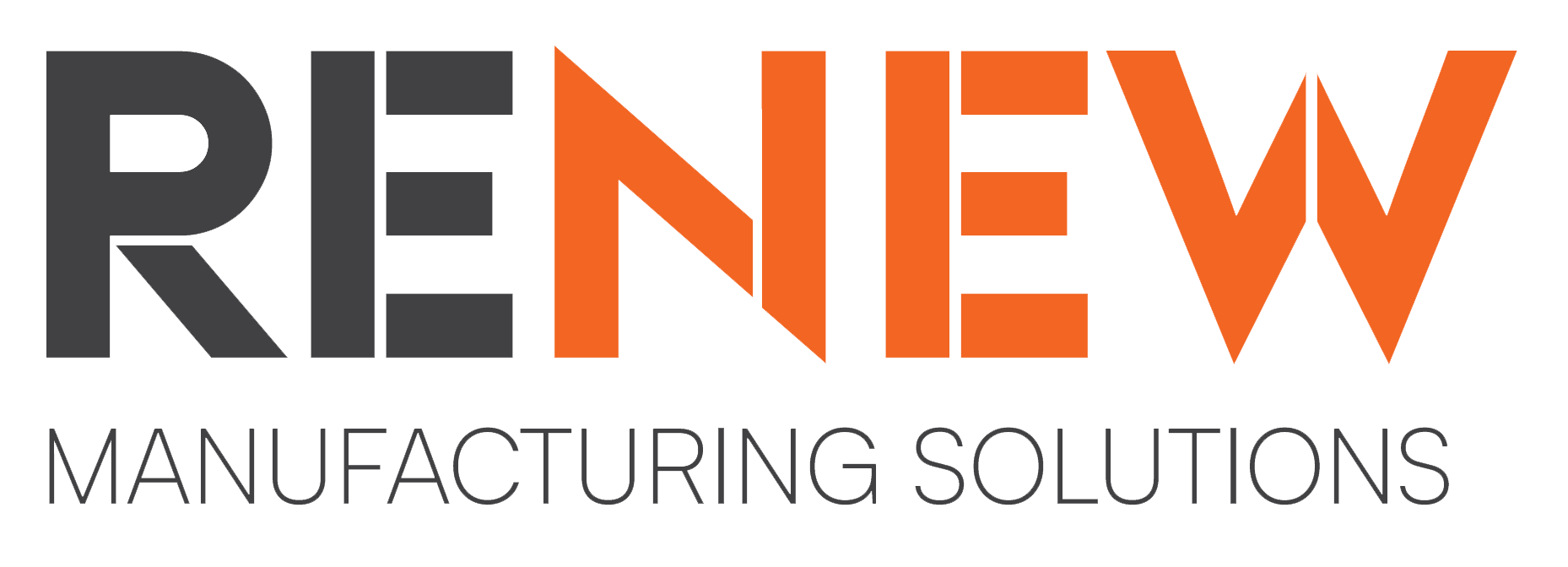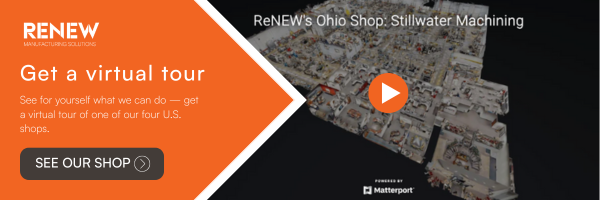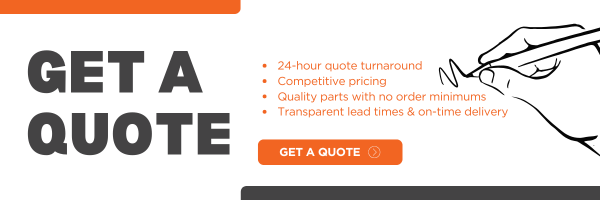Plasma cutting vs. laser cutting: What OEMs need to know

Cutting is no longer just one step in fabrication. It’s a strategic choice that affects quality, speed, and cost across the supply chain.
OEMs today want partners who can deliver precision, flexibility, and scalability and not just low prices.
That means the focus has shifted from “price per part” to total cost of ownership:
- Parts that are ready to assemble
- Fewer rework and quality issues
- Consistent lead times and scalable production
OEMs who choose manufacturing partners with both plasma and laser cutting capabilities can better meet these expectations.
Laser cutting and plasma cutting in modern manufacturing
When comparing plasma cutting and laser cutting, one key dimension is cutting speed and how it changes with material thickness. For example, for steel around 1 inch thick, plasma tends to hold the speed advantage or at least remains very competitive.
Plasma maintains strong speed and productivity on thicker plate sizes. On thinner materials, lasers often cut faster and with a better finish.
Where plasma cutting delivers value
Plasma cutting is still the right choice when:
- Cutting steel thicker than 2 inches
- Producing large or structural parts
- Edge prep and grinding are already part of the process
Industries like construction equipment, shipbuilding, and energy still rely on plasma because it’s cost-effective and fast for heavy steel.
Where laser cutting leads
Laser cutting excels when precision and consistency matter.
- Clean, repeatable cuts mean less post-processing.
- Tighter tolerances lead to fewer fit or weld issues.
- Automation and nesting improve material yield and throughput.
- Consistent quality helps OEMs reduce inspection and rework.
Laser cutting is ideal for high-volume production or assembly-ready parts that need minimal cleanup.
Choosing the right method
The practical takeaway for OEMs: If your production parts are thin to mid-gauge sheet, laser cutting will likely deliver higher throughput and quality. But if you’re working with heavy plate and large structural sections, plasma may still be effective.
A capable manufacturing partner should be able to match each job to the right technology, optimizing cost, quality, and turnaround time.
The ROI of laser cutting for OEMs
From the OEM viewpoint, the return on investment from a supplier’s transition to or inclusion of laser cutting is multi-faceted.
Reduced rework and labor costs
Laser-cut parts come off the machine clean and accurate. That means less labor: less grinding, fitting, and machining later. There are also fewer post-processing steps, which results in:
- Faster assembly
- Lower labor costs
- Higher throughput
Shorter lead times
Laser systems cut quickly and can run automatically. They also handle fast changeovers between parts and materials.
For OEMs, that means:
- Faster turnaround on orders
- Fewer delays in production
- More flexibility to handle design changes
Stronger, more reliable supply chains
OEMs see suppliers with laser technology as strategic partners, not just vendors.
- Continuous investment in new technology shows commitment to quality.
- Multi-location operations mean more capacity and built-in redundancy.
- Scalable systems keep up with customer growth.
- A supplier that combines laser and plasma can meet almost any production demand.
Our dual investment: Plasma cutting and laser cutting
For OEMs, choosing a manufacturing partner is about more than today’s order. It’s about tomorrow’s growth and competitiveness.
At ReNew Manufacturing Solutions, we’ve invested in both plasma and laser cutting across four locations to give customers the best of both worlds.
- Plasma cutting for heavy, structural work.
- Laser cutting for precision, speed, and scalability.
That dual investment ensures the right method for every job and helps our OEMs save time, reduce costs and stay ahead of demand.
Talk to our team or submit a quote to learn how we can align cutting strategies with your production goals.




